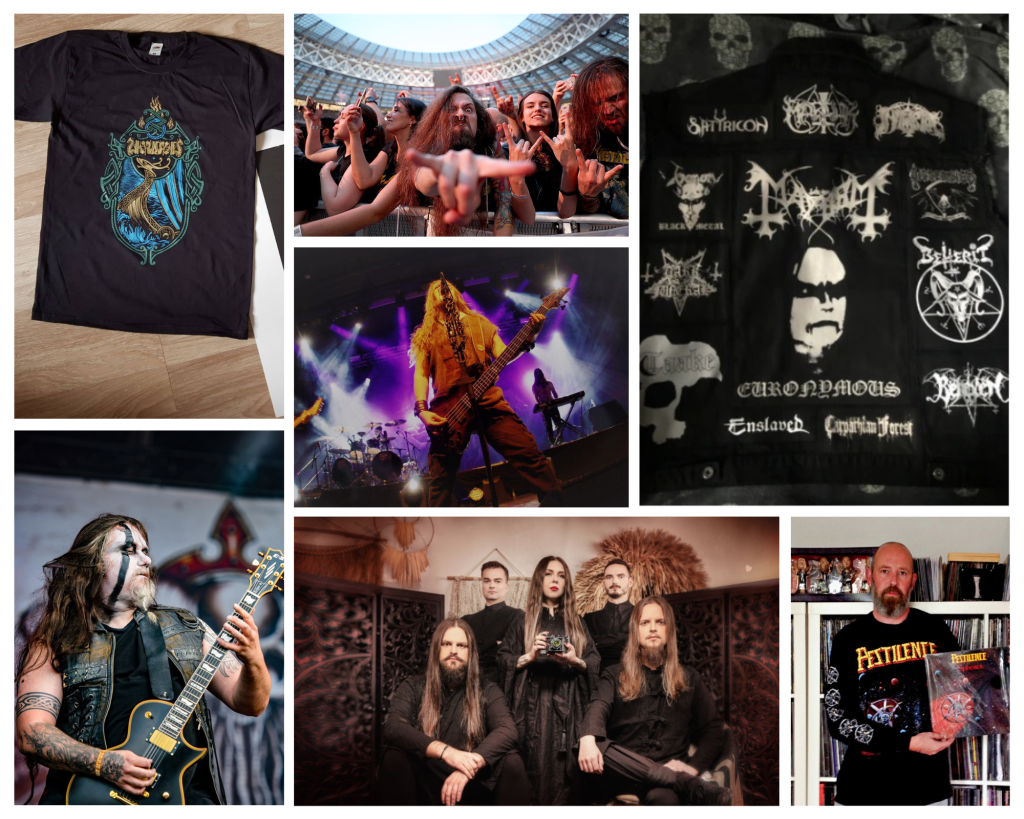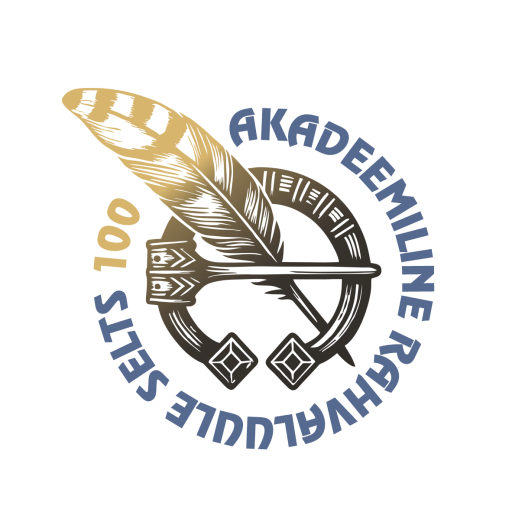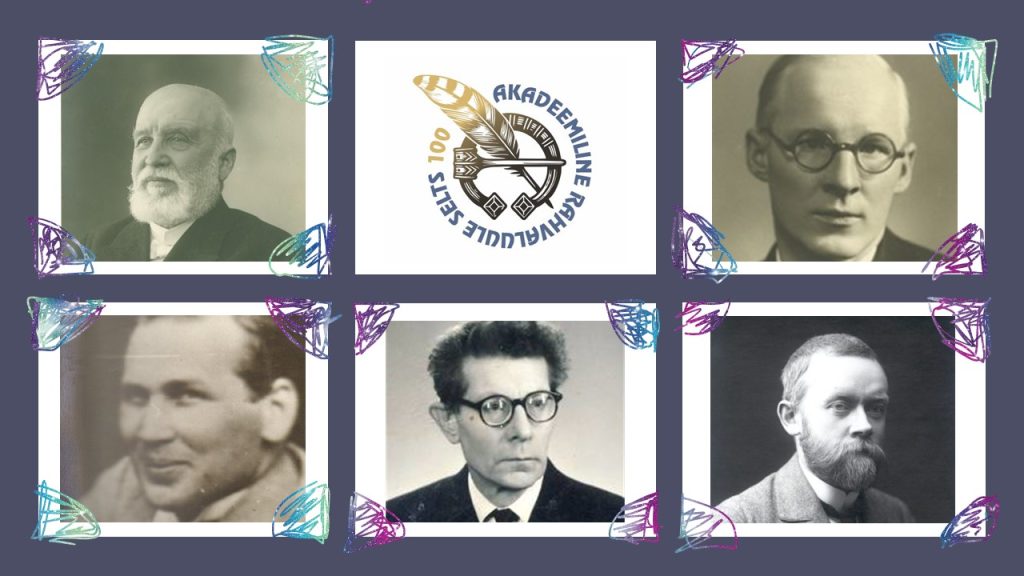25.04.2024 ARSi üldkoosolek
25. aprillil 2024 kell 16.15 Eesti Kirjandusmuuseumi saali
Kavas:
- Polina Holitsyna ettekanne “Authenticity in subcultural studies: an example of metal-lore in extreme metal subcultures” (teesid allpool)
- Juhatuse ja revisjonikomisjoni aruanded
- Aegunud volitustega juhatuse liikmete tagasikutsumine
- Eesti teaduste akadeemiaga assotsieerumine
- Muud küsimused
****
Polina Holitsyna “Authenticity in subcultural studies: an example of metal-lore in extreme metal subcultures”
For metal fans around the world, the notion of “being true” to the scene is well-known
and acknowledged. Yet, the subcultural understanding of an authentic “true” differs from very
literal to mockingly figurative. In this paper, I aim to explore the use of metal-lore in studying
the subcultural authenticity of extreme metal scenes from both emic and etic perspectives.
Extreme metal is an umbrella term for the group of metal subgenres that can be
characterised as harsh and aggressive, most usually technical, fast and hugely transgressive in
terms of violating the social order morality and sense of aesthetics (Kahn-Harris 2007). Its main
subgenres are black metal, death metal and thrash metal. To explore the ways extreme metal
subculturists construct and reproduce their sense of authenticity, I will introduce a novel and
underexplored concept of metal-lore which covers the cultural and artistic expressions that are
specific to the metal subcultures, including lyrical themes, visual aesthetics, symbols, folklore
(community-based stories of the metal-lore) and rituals associated with metal music. I will
focus on different aspects of metal-lore globally and particularly in Estonian, Finnish and
Ukrainian extreme metal subcultures, covering the visual (album covers, merchandise, live
performance imagery) and lyrical themes composed by extreme metal bands and their
audience.
As there was only one use of metal-lore concept I detected (Araste & Ventsel 2015) in
the previous scholarship, I conceptualised it myself for my doctoral research, and for this
presentation. I will include my findings from the master’s research on the Estonian pagan metal
scene and the upcoming article that will be published by the Scopus-indexed journal Res
Musica in autumn 2024. I will also rely on examples of subcultural authenticity studied by
humanities and social sciences scholars (e.g. Widdicombe & Wooffitt 1990, Jasper 2004,
Larsson 2013, Skadiang 2017, Barnard 2020 etc).

Kollaažis kasutatud fotode päritolu:
UnHerd (https://unherd.com/2021/08/the-beautiful-world-of-heavy-metal/)
Ulguränd Official Facebook page (the link is currently unavailable because it seems like their page was hacked a few days ago, such a shame)
Ignea Official Instagram page (https://www.instagram.com/ignea.band/)
No Echo (https://www.noecho.net/record-collectors/record-collector-christopher-heinke-aka-heavy-metal-museum)
Ebay (https://www.ebay.com/itm/133501966790)
Wikidata (https://www.wikidata.org/wiki/Q2723849)
Moonsorrow Official Facebook page (https://www.facebook.com/moonsorrowofficial)



